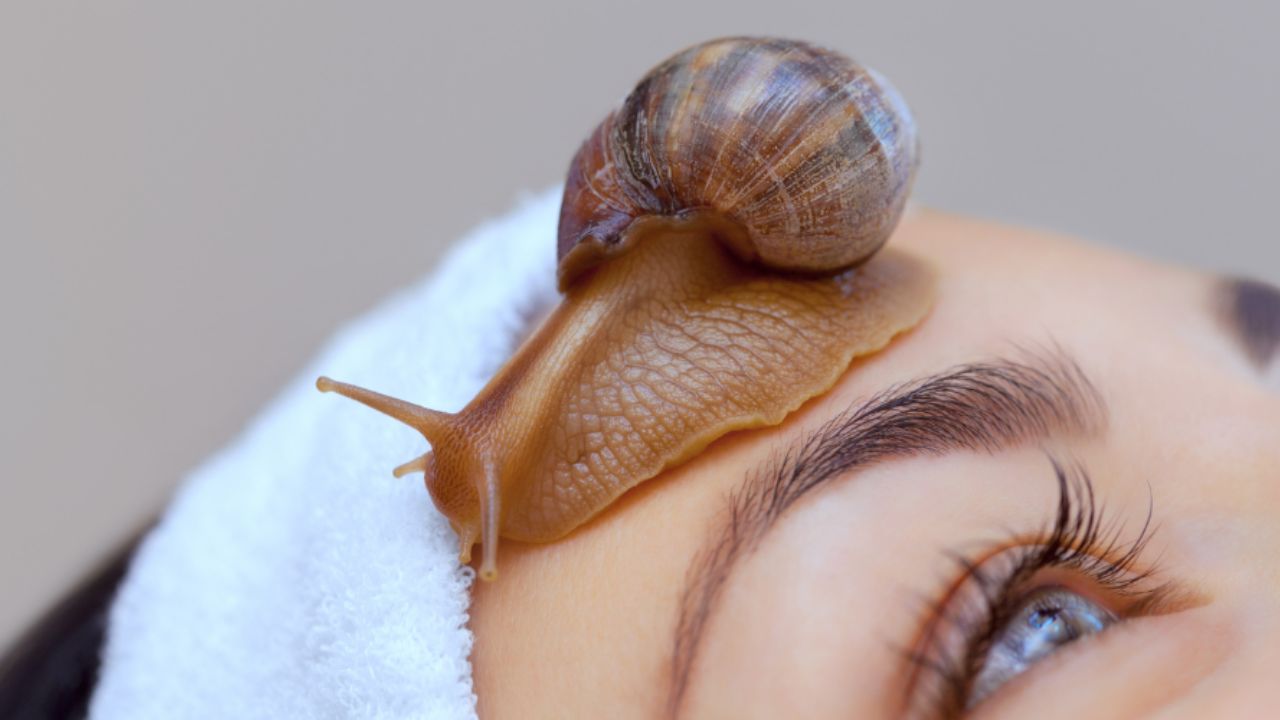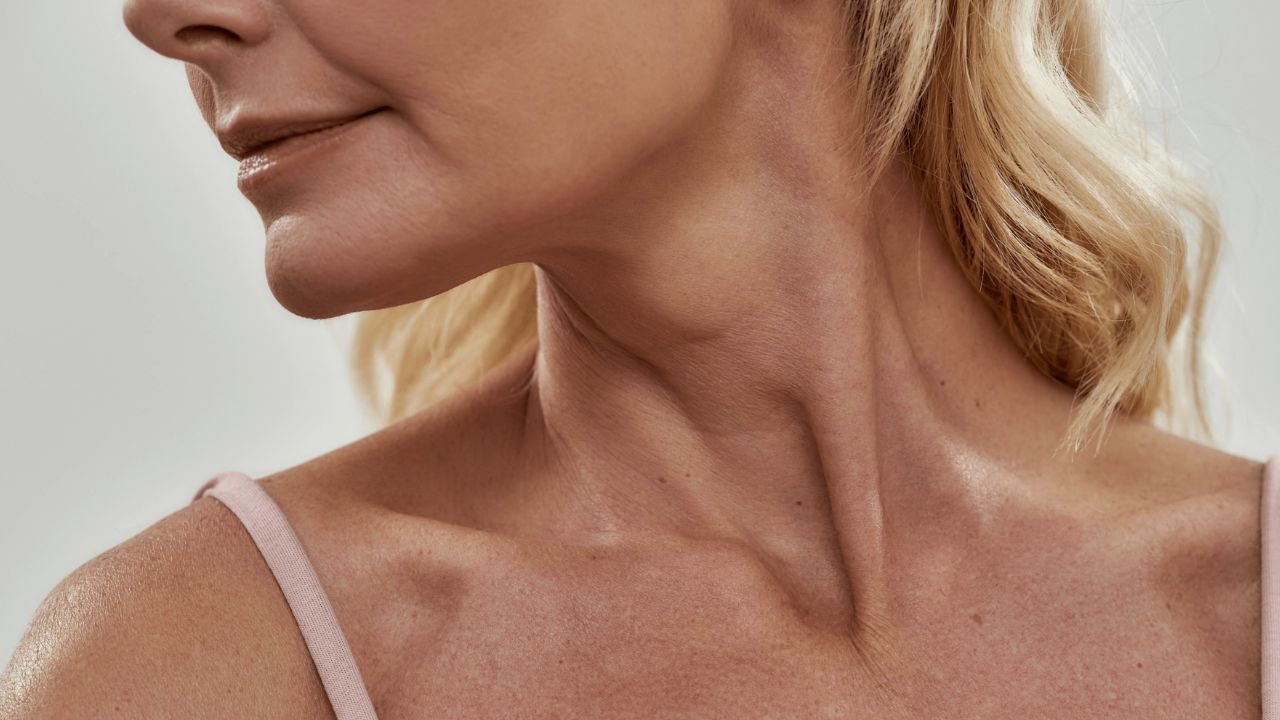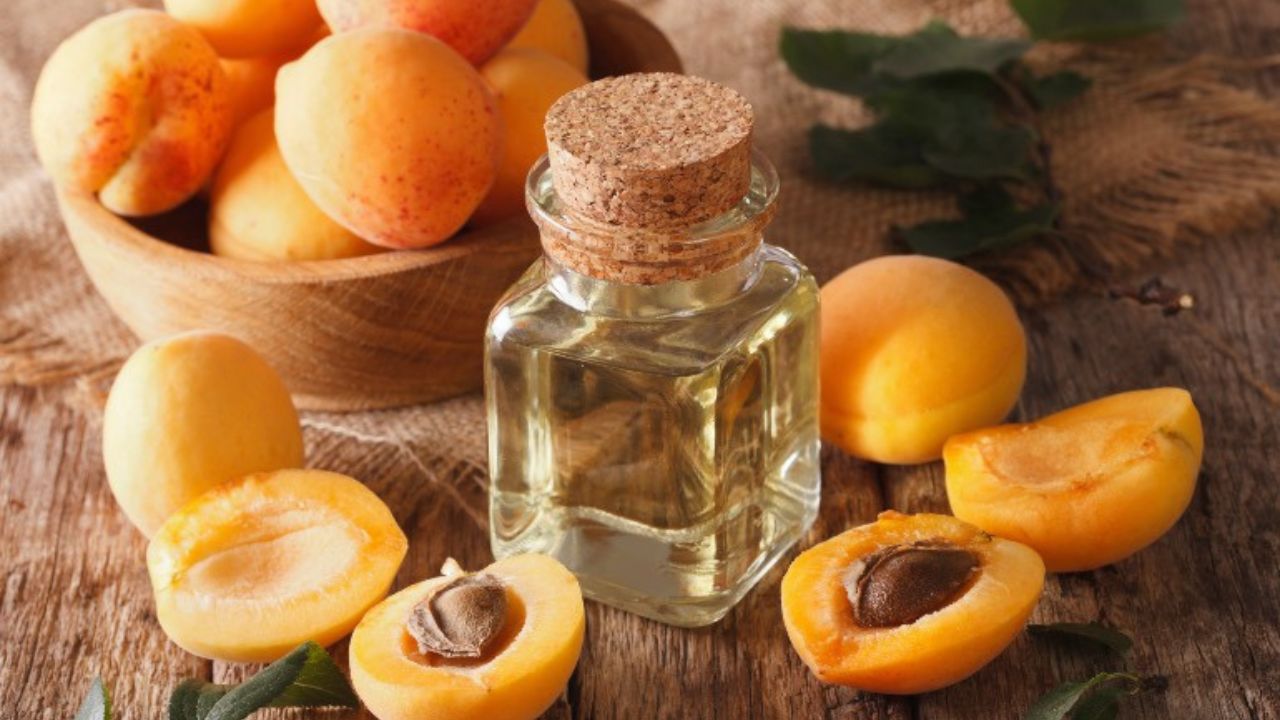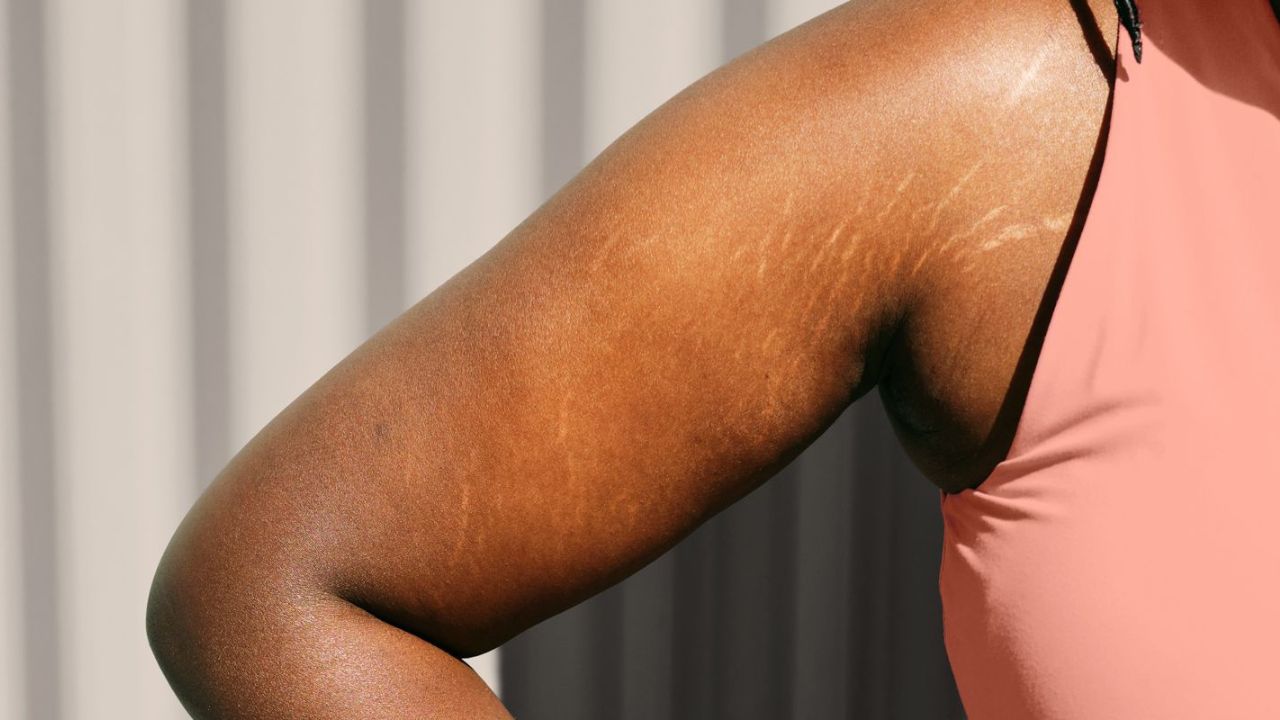Ever on the lookout for that skincare miracle that effortlessly ticks all the boxes? Well, snail mucin might just be your answer! This intriguing ingredient has been creating quite a stir in the beauty world, particularly in Korean skincare regimes, and for good reason.
So, what’s all the buzz about? Snail mucin, albeit a bit unconventional sounding, is a powerhouse of benefits for your skin. Far from being just ‘snail slime’, this natural wonder is renowned for transforming skin – enhancing its tone, refining texture, and imparting a deeply hydrated glow. Intrigued? Let’s delve deeper and discover the wonders of snail mucin for your skin.
Demystifying Snail Mucin: What’s Behind the Gloss?
Nature’s Elixir: This is no ordinary secretion; snail mucin is a glossy, elastic substance that snails produce.
Skin Saviour: Celebrated for its hydrating and rejuvenating properties, it’s a boon for those seeking to reduce signs of ageing, brighten their complexion, and heal scars and pigmentation.
For Whom?: It’s a versatile ingredient, suitable for everyone, but particularly a godsend for individuals with dry, scarred, or uneven skin tones.
Usage Frequency: Incorporate it into your daily routine, or if you have sensitive skin, ease it in gradually, starting with once or twice a week.
Safety First: Always remember, a patch test is your skin’s best friend. Test it out for 24 hours to ensure it’s a match made in skincare heaven for you.
Elevate your skincare game with essences, serums, and masks enriched with snail mucin and witness the transformation of your skin – a journey from ordinary to extraordinary!
Snail Mucin Explained: More Than Just Snail Slime
When you hear ‘snail mucin’, you might just think of it as snail slime. But, trust me, it’s a whole lot more fascinating and complex than that.
This wondrous ingredient’s journey began back in the 1960s, thanks to a sharp-eyed doctor who noticed the extraordinary healing powers of the garden snail, scientifically termed Cornu aspersum. These little creatures, when stressed, secrete a unique substance that not only heals their own bodies but, as it turns out, can work wonders for human skin too.
The beauty industry, always keen to harness nature’s marvels, now breeds these snails in controlled environments. The magic happens when these snails are gently stimulated (think of it as a snail spa treatment!), encouraging them to produce more of their precious mucin. This mucin is then collected, meticulously filtered to remove impurities, and refined into a high-quality ingredient you see in your favorite skincare products. This careful process transforms the secretion into Snail Secretion Filtrate (SSF), a term you’ll often spot on product labels.
Every brand has its unique take on this process, but the goal remains the same – to deliver the purest, most skin-loving form of snail mucin. So next time you spot SSF in your skincare essentials, remember, it’s not just snail slime; it’s a skincare superhero with a backstory as intriguing as its benefits!
Snail Mucin: Safety and Ethics in Skincare
Is snail mucin safe for your skin? Absolutely! This ingredient has become a skincare sensation, with minimal reports of adverse reactions. However, as with any skincare ingredient, it’s worth diving a bit deeper to understand its safety and ethical considerations.
Safety First
Research and Results: Although research into snail mucin is ongoing, its use in skincare has shown to be safe for most people.
Not All Mucin Is Created Equal: Snails produce different types of secretions. The one used in cosmetics is specifically the healing type, released when snails are agitated. This is different from the lubricating secretion they use for movement.
Select Snails for Superior Skincare: The type of snail matters too. Cosmetic products usually use specific varieties of garden snails, which are deemed safe and effective for skincare formulations.
Ethical Considerations
Cruelty-Free Practices: If you’re concerned about the ethical aspects of using snail mucin, rest assured that many brands are committed to cruelty-free methods. This means the snails are not harmed during the mucin extraction process. Always check for cruelty-free certifications or brand statements on ethical practices.
Rising Popularity
From Korea to the World: The Korean skincare industry, known for its innovative and effective products, has played a pivotal role in popularising snail mucin globally. This quirky ingredient has captured the attention of skincare enthusiasts everywhere, becoming a staple in many routines for its unique properties.
In essence, snail mucin is not only a safe ingredient for most skin types but also one that is increasingly being sourced in ethically responsible ways. Its rise to fame is a testament to the global skincare community’s openness to embracing innovative and unconventional ingredients for the sake of beauty and wellness.
The Ascendancy of Snail Mucin in Skincare: A Modern Marvel
The surge in popularity of snail mucin in skincare is a fascinating tale of science meeting nature. With advancements in technology, the extraction and refinement of snail mucin have become more sophisticated, paving the way for an array of specialised skincare products. This has led to a variety of snail mucin-infused products like toners, creams, and masks gracing the shelves of beauty stores.
The role of beauty influencers in this rise cannot be overstated. Their endorsements and personal experiences have played a crucial part in bringing this ingredient into the limelight, encouraging their followers to embrace it for radiant, flawless skin. The allure of snail mucin is backed by various claimed benefits, each contributing to its growing fame.
Unpacking the Benefits of Snail Mucin
Boosts Collagen Production: Studies suggest snail mucin can stimulate collagen production, essential for skin strength, suppleness, and healing. However, more research is needed to fully confirm these effects.
Hydrates the Skin: Snail mucin contains glycosaminoglycans (GAGs), known for their moisture-retaining properties. They help keep the skin hydrated, combating transepidermal water loss (TEWL) and promoting a plump, healthy complexion.
Enhances Skin Cell Renewal: With a hint of glycolic acid, snail mucin contributes to gentle exfoliation, aiding in the removal of dead skin cells and encouraging the emergence of fresh, smooth skin.
Reduces Pigmentation: Its anti-melanogenic properties may reduce hyperpigmentation by inhibiting excess melanin production.
Minimises Scarring: Snail mucin has shown promise in improving wound healing, potentially aiding in efficient skin regeneration and reducing scarring.
Anti-Aging Qualities: As skin ages, its ability to produce collagen and retain moisture diminishes. Snail mucin’s properties can help counteract these signs of ageing, aiding in maintaining a youthful, hydrated appearance.
In essence, snail mucin’s journey from a niche ingredient to a skincare staple is a testament to the evolving world of beauty, where innovative and natural solutions are continually discovered and embraced for their transformative properties.
Snail Mucin: A Skincare Game-Changer for Skin Health and Beyond
The impact of snail mucin in skincare is not just limited to surface-level beauty benefits. A study showcasing its remarkable effects with an 80% snail mucin cream – reducing wrinkles, enhancing skin elasticity, increasing dermal density, and tightening skin within just four weeks – is just the tip of the iceberg. Its hydrating properties also play a crucial role in preventing premature wrinkles caused by dry skin. But there’s more to this ingredient than meets the eye.
Snail Mucin: Beyond Beauty, Into Health
Bacterial Growth Barrier: Snail mucin isn’t just about making your skin look good; it’s also about keeping it healthy. Its antibacterial properties are a boon for keeping your face cleaner and more protected, particularly useful in healing wounds and skin lesions.
Antioxidant Powerhouse: Oxidative stress is a major culprit behind skin damage. Antioxidants are vital in skincare to combat this, and snail mucin, with its antioxidant properties, not only shields your skin but also aids in cell regeneration and healing.
Pharmaceutical Potential: The scope of snail mucin extends into the medical field as well. Research is exploring its use as a surgical adhesive and for tissue repair, particularly for burn victims, thanks to its regenerative, adhesive, and antimicrobial qualities.
Incorporating Snail Mucin into Your Skincare Routine
With its plethora of benefits, it’s natural to be intrigued about integrating snail mucin into your skincare regimen. It’s a versatile ingredient, adaptable to various forms like serums, creams, and masks. Whether you’re aiming to enhance skin health, combat aging, or maintain hydration, snail mucin might just be the secret ingredient your skincare routine has been missing.
As always, remember to patch test new products and consult with a dermatologist if you have specific skin concerns or conditions. Snail mucin, with its blend of cosmetic allure and health benefits, is more than just a trend – it’s a testament to the innovative and holistic approach to skincare that’s defining the beauty industry today.
Maximising the Benefits of Snail Mucin: A Guide to Application
Integrating snail mucin into your skincare routine can be a game-changer, but it’s crucial to know how to use it effectively. Since it comes in various formulations, each type has its optimal place in your skincare sequence.
How to Incorporate Snail Mucin in Your Skincare:
Essence: Apply snail mucin essence right after your toner and before any heavier products. Gently pat it onto your skin and give it time to fully absorb before moving on to the next steps in your routine.
Serum: For the serum form, use it post-toning and after any water-based treatments, like glycolic wipes. Similar to essence, pat it gently onto your skin and wait for absorption before continuing with subsequent skincare steps.
Cream/Moisturizer: The application depends on the base of the cream. If it’s water-based, use it before any oil-based products to ensure proper skin penetration. Oil-based snail mucin creams or moisturisers should be applied last to seal in all the previous layers and lock in moisture.
Masks: Snail mucin masks are a treat for the skin and can be used weekly or as needed. Ensure your face is clean and dry before applying the mask for optimal results.
Tips for Best Results:
Always follow the specific directions provided on the product label for the most effective use.
Remember, the general rule in skincare is to apply products from thinnest to thickest consistency for maximum absorption.
Side Effects and Safety:
While snail mucin is generally safe, it’s wise to be aware of any potential side effects. These are typically rare, but doing a patch test before fully incorporating a new product into your regimen is always recommended.
Incorporating snail mucin into your skincare routine can yield significant benefits, from enhanced hydration to improved skin texture and elasticity. Understanding the right way to apply these products will ensure you get the most out of this unique and powerful ingredient.
Understanding the Side Effects and Alternatives of Snail Mucin
While snail mucin is celebrated for its numerous skin benefits, understanding its potential side effects and alternatives is crucial for a well-rounded skincare approach.
Side Effects of Snail Mucin:
- Allergic Reactions: The primary concern with snail mucin is for those with allergies to snails or mollusks. If you’re allergic to these creatures, it’s best to steer clear of snail mucin products.
- Patch Testing: Regardless of your allergy status, a patch test is always a wise precaution. Apply a small amount to your forearm and observe for 24 hours for any adverse reactions before applying it to your face.
- Ingredient Interactions: Snail mucin itself is typically safe and without known reactions. However, the other ingredients in a product containing snail mucin might interact with other products in your skincare routine. Research and understand these interactions to avoid any negative effects and to maintain the efficacy of the products.
Alternatives to Snail Mucin:
If snail mucin isn’t suitable for you, whether due to allergies or personal preferences, there are other effective ingredients to consider:
Hyaluronic Acid: Known for its incredible ability to retain moisture, hyaluronic acid hydrates and plumps the skin, diminishing fine lines and wrinkles. It also offers some protection against UV-induced damage and premature ageing.
Aloe Vera: A well-known ingredient for its soothing and hydrating properties, aloe vera can also reduce the appearance of fine lines, combat acne, and is rich in antioxidants, protecting against skin damage.
Ceramides: Essential for maintaining skin hydration and barrier function, ceramides are a great alternative to snail mucin for those seeking to improve their skin’s protective layer and hydration levels.
Snail Mucin in Summary:
Snail mucin, despite its off-putting origin, is a highly beneficial ingredient in the skincare industry. It’s known for enhancing skin texture, tone, and hydration, as well as boosting collagen production and cell turnover. This results in improved skin elasticity and reduced scarring. Available in various formulations like essences, serums, creams, and masks, snail mucin is generally safe with no reported side effects. However, those with allergies to snails or mollusks should avoid it.
In conclusion, snail mucin offers an array of benefits for skincare enthusiasts seeking to improve their skin’s health and appearance. However, being informed about potential side effects and alternatives ensures a safe and personalised skincare journey.
Frequently Asked Questions on Snail Mucin in Skincare
Can You Mix Vitamin C and Snail Mucin?
Absolutely! Vitamin C, known for its collagen-boosting and antioxidant properties, pairs well with snail mucin, which is excellent for hydration and nourishment. This combination can be particularly effective for skin brightening and enhancing overall skin health.
Is Snail Mucin the Same as Hyaluronic Acid?
While snail mucin is not the same as hyaluronic acid, it does contain this hydrating ingredient. Snail mucin is a complex secretion from snails, whereas hyaluronic acid is a substance naturally produced by the human body, known for its moisture-retention capabilities. The presence of hyaluronic acid in snail mucin contributes to its moisturising properties.
Can Snail Mucin Cause Whiteheads?
There is a possibility of snail mucin causing whiteheads, especially if overused or if the formulation is too heavy for your skin type. It’s important to choose a formulation that suits your skin and to use it in moderation to prevent pore clogging. Those with oily or acne-prone skin should be particularly cautious.
Is Snail Slime Poisonous?
Snail slime, per se, is not poisonous. However, it’s crucial to note that topical creams and products containing snail mucin should be well-formulated to avoid the presence of harmful microorganisms. Always opt for reputable brands and products that have undergone proper safety testing.
When incorporating snail mucin into your skincare routine, it’s essential to consider how it
interacts with other ingredients and your skin type. Understanding these aspects helps in achieving optimal skincare results while avoiding potential issues.






